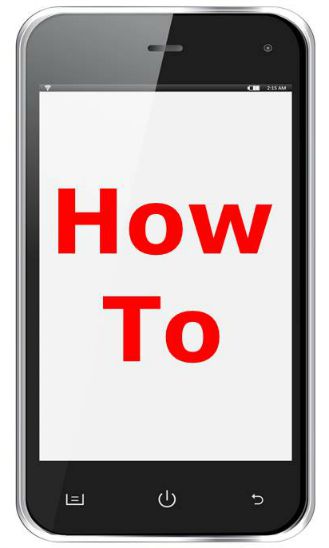Editors know that the right article or book title is best determined after the article or book is written. So, too, with the names we give our businesses.
Last week, I shared three categories of business names: eponymous, fun, and descriptive. Today, I’ll share how you can define your business in order to choose a name that accurately reflects what you do, no matter which category the name comes from.
1. Define Your Services
What types of services will you offer? A range of editing? Just copyediting? Will you write? Manage projects?
What type of content will you perform this service on? Consider media type (books, articles, websites, etc.), fiction or nonfiction, subjects and genres, and industries (business, academic, etc.).
The more closely you define what services you’ll offer and what type of content you’ll work on, the easier you’ll come up with a business name that reflects that. The name will become the launch pad for your logo, design, voice, and the rest of your brand.
Perhaps you’re planning to offer a range of services on a variety of content types, whether that means having more than one specialty or being a generalist. That’s fine, but starting with one focus will help you find your first clients.
The more specific you are, the smaller the field of potential clients will be and the more easily you will turn prospects into clients.
2. Define Your Clients
How will you find clients if you don’t know what you’re looking for? And how will clients know they’ve found the right editor if they don’t see themselves in your marketing copy?
Develop an image of your ideal client, informed by client research:
- Is your ideal client a person or a business?
- If a business, how big is it?
- What industry does the client work in? What’s their niche or specialty?
- What does the client publish: books, articles, poems? What subject or genre?
- What’s their main problem that you solve? (Hint: it’s not poor grammar.)
Add any other defining features you think important.
3. Define Your USP
Your unique selling proposition (USP) is that thing about your business that makes it unique—and uniquely qualified to solve your client’s problem.
It’s tempting to say that our clients need editing. They don’t. At least not from their point of view.
The ultimate goal of every business and every nonprofit is to make money (a nonprofit doesn’t distribute profits to owners, but it does want to raise money for a specified purpose, such as cancer research).
But how do they make money? What is your client’s primary goal that leads to making money?
For example, an academic journal’s primary goal is to share new theories and research results. Its readers pay the journal to receive that information.
A self-publishing author’s goal is to sell books. They want to share their story with the world—but they want to eat, too. So they need to sell that story.
Consider, too, that your main contact for the client has their own business goal. The journal’s managing editor wants to publish on time and on budget. A scientist writing an article for that journal wants their article accepted to the journal.
But the client and your contact face obstacles to reaching their goals. It might be too many errors making it into print, keeping the schedule on track, or following the publication’s style guide precisely.
Your job isn’t to edit. It’s to help your clients overcome their obstacles and reach their goals. That could mean having a higher corrections rate than previous editors. It could mean diligently meeting—or beating!—your editing deadlines. Or it could mean being an expert in applying the publication’s style guide.
All of this—your ideal client’s goal, their problem, and your solution to that problem—inform your USP.
Now try to state how you uniquely help your clients reach their goals.
Two More Tips on Your Business Name
A memorable business name helps keep your business on the tip of every potential client’s tongue. As you start to put all of your research and ideas into a USP and a name, you’ll have a lot of ideas.
Two warnings before you make a final decision:
- Don’t use someone else’s trademark or brand as part of your name and brand. You might get away with using another business’s key term or image, but elements have a cumulative effect. The more you co-opt, the more likely you’re infringing on another’s brand.
- Even if a name isn’t trademarked, don’t use the same name or something too similar to someone else’s. Potential clients could be easily confused and inadvertently hire the other business instead of you. Plus, the other business could take offense and make business difficult for you.
All of this seems like a lot of work to put into choosing a business name, doesn’t it? But that business name is going to be the anchor of your business. And it’s not all that easy to change names later while retaining the reputation you’ve built.
Make the effort at the beginning and you’ll reap the rewards throughout the life of your business.
A version of this article originally published on August 17, 2018, on Copyediting.com.


